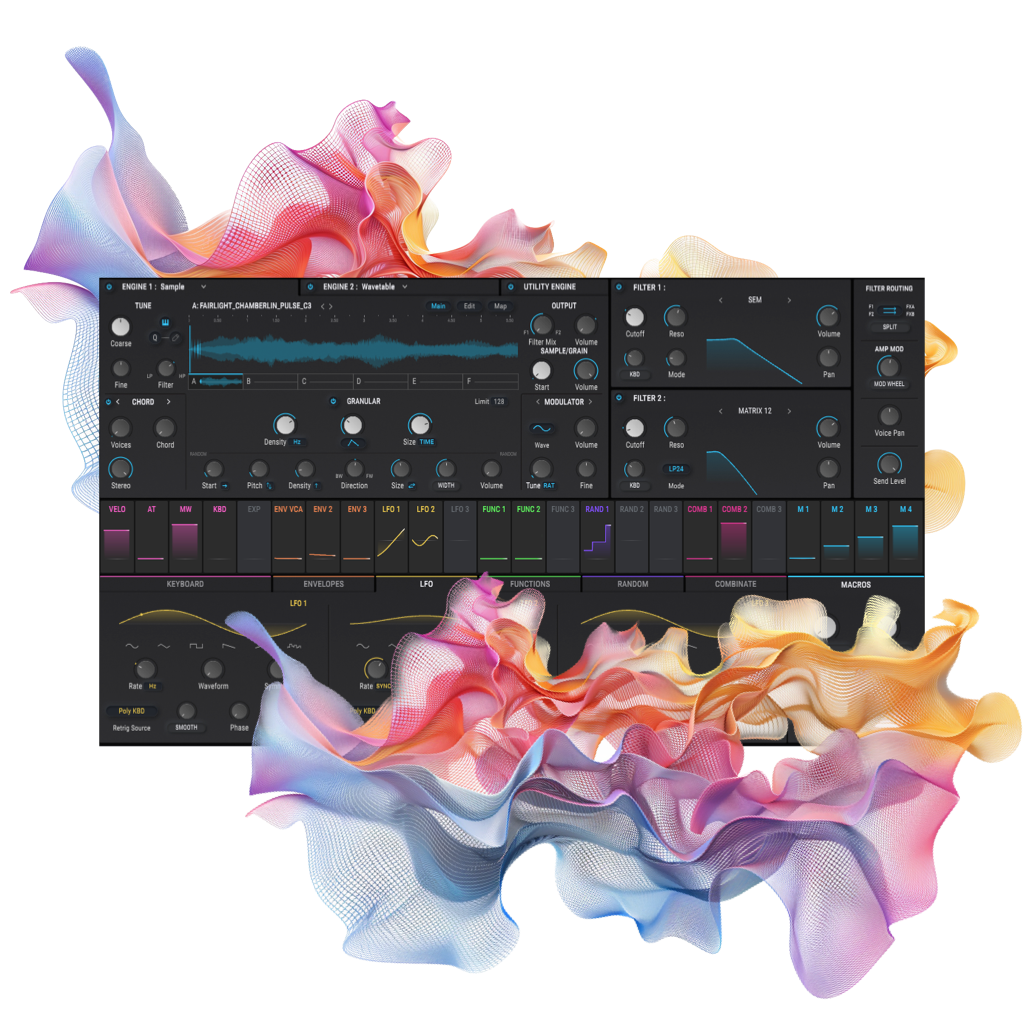Building Your Harmonic Vocabulary: The Composer's Daily Practice
Master the fundamentals of harmonic vocabulary through consistent, efficient practice. Learn how to develop a sustainable practice routine that takes less than 2 minutes per day.
Introduction
As composers, our harmonic vocabulary is our palette for emotional expression. Unlike performers who focus on technical execution, we're interested in internalizing these sounds as compositional tools. This guide presents a systematic approach to expanding your harmonic vocabulary through minimal, consistent practice.
The beauty of this approach lies in its efficiency - you'll need just 90 seconds per day to see significant progress. This method focuses on compositional understanding rather than performance skills, making it perfect for composers who want to expand their harmonic possibilities.
The 90-Second Scale Practice
Basic Scale Sequence (30 seconds)
Start with these fundamental scales in one root:
- Major
- Mixolydian
- Lydian
- Minor (Aeolian)
- Dorian
- Phrygian
- Locrian
Advanced Scale Sequence (60 seconds)
Progress to include:
- Altered Scales
- Harmonic Minor
- Melodic Minor
- Lydian ♭7
- Mixolydian ♭6
- Phrygian Dominant
- Harmonic Major
- Double Harmonic Major
- Whole Tone
- Diminished (Half-Whole)
- Diminished (Whole-Half)
Professional Tips
- Practice in notation, not just at the keyboard
- Rotate through different root notes each practice session
- Break up practice across different days to prevent burnout
- Focus on understanding the sound and function rather than performance technique
- Maintain consistency over intensity - regular short sessions beat irregular long ones
- Include both playing and notating in your practice routine
Creating Your Practice Routine
The 2-Minute Version
- Choose one root note
- Run through basic scales (30 seconds)
- Add 2-3 advanced scales (30 seconds)
- Notate one scale from memory (60 seconds)
Environment Setup
- Keep manuscript paper near your workspace (or work in a notation app)
- Set a daily reminder at the same time
- Create a progress tracking sheet
- Have your reference materials easily accessible
Progress Tracking Method
Track your progress with this simple system:
- ✓ = Comfortable with scale
- → = Currently learning
- ○ = Not yet started
Use one chart per root note and mark your progress across all scales.
Conclusion
Remember, as a composer, your goal isn't virtuosic performance - it's deep understanding and internalization of these harmonic colors. By committing to this 90-second daily practice routine, you're building a rich harmonic vocabulary that will naturally flow into your compositions. Start with the basic scale sequence, and gradually incorporate more advanced scales as each level becomes comfortable.











